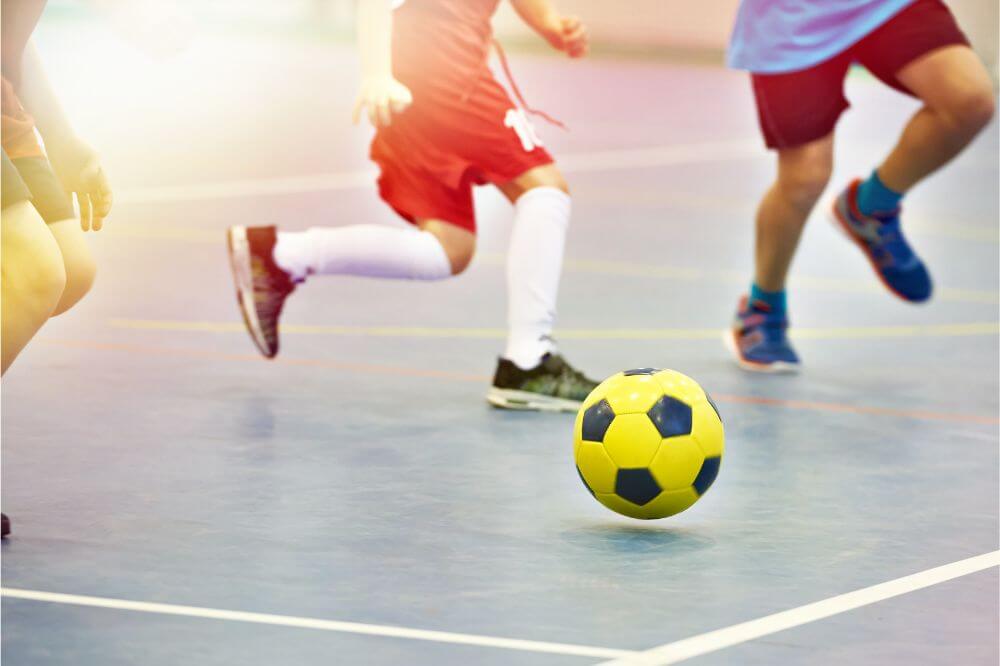Soccer…. the king of sports around the world, is not so in our country, but it is one of the most popular sports for young children in the US and more kids are playing every day. When kids are trying to emulate their idols of the Professional ranks, like Ronaldo and Messi, they prefer to do so with regulation size balls. However, we must remember that children must play with balls adapted to their age and development skills. This is important for their own development and health.
At present there are different sizes of soccer balls which you can read all about here “Soccer Ball Sizes Explained” You can also go to any store or website and find all types of different sizes. We should also note that FIFA and US Soccer regulations recommend balls of size 4 or 5 for official matches for young children, however for children between 8 and 11 years old the soccer ball must be smaller, with size 3 being the right size.
One concern is regarding an investigation published in the scientific journal ‘British Medical Journal’ indicates that playing with a ball of inadequate dimensions can cause problems arising from the difficulties to control it. An adult ball weighs just over 450 grams and can be launched at speeds in excess of 25 meters per second. This means that the impact it produces, especially if it is wet, is much greater than that of a plastic ball.
Children who are most affected by the use of a ball greater than recommended for their age are those who play goalies. When the ball reaches high speed it can cause damage to the hands. In the research, carried out among English children, it was proved that in three out of four children, the problem had been caused by the use of a ball of inadequate dimensions.
Other concerns are that a larger ball is much harder to use for training. Young children need a smaller ball to learn how to manipulate it. Think of a baseball player who practices hitting golf balls to improve his hand eye coordination. The same can be done for young children trying to learn how to dribble or shoot a soccer ball. The smaller ball forces the child to focus on using the proper technique.
Another benefit of using a smaller ball for younger children is the heading. While many kids avoid heading all together, other kids end up being inadvertantly hit with a ball during the game. This can cause more harm if children are playing with a bigger ball than they need to.
Be sure to follow the guidelines our seperate article about Soccer Ball Sizes Expalined to ensure that your child is playing with the appropriate size soccer ball.
So what is our recommendation for those out there looking for a good ball for their young child? Check out the
Lionstrike Soccer Ball Size 3 Lightweight
A Soccer Ball for Children Youth Kids, Suitable for Girls Boys Ages 3, 4, 5, 6, 7 Years Old
What do we love about this ball?
- The youth soccer ball is 25% LIGHTER – these Lionstrike soccer balls are 25% lighter than standard size 3 leather soccer balls, making them much easier to kick and making soccer even more fun!
- THEY HURT LESS – because these soccer balls are lighter and made from a soft PU leather material, they hurt less when children are heading or kicking the ball.
- BETTER CONTROL AND CONFIDENCE – a lighter soccer ball encourages better technique for kicking the ball and control of the soccer ball
- GREAT FOR KIDS AGED 3-7 YEARS – the size 3 soccer balls are great for children aged 3 to 7 years, with size 4 soccer balls also available (for 7-13 year olds!)


